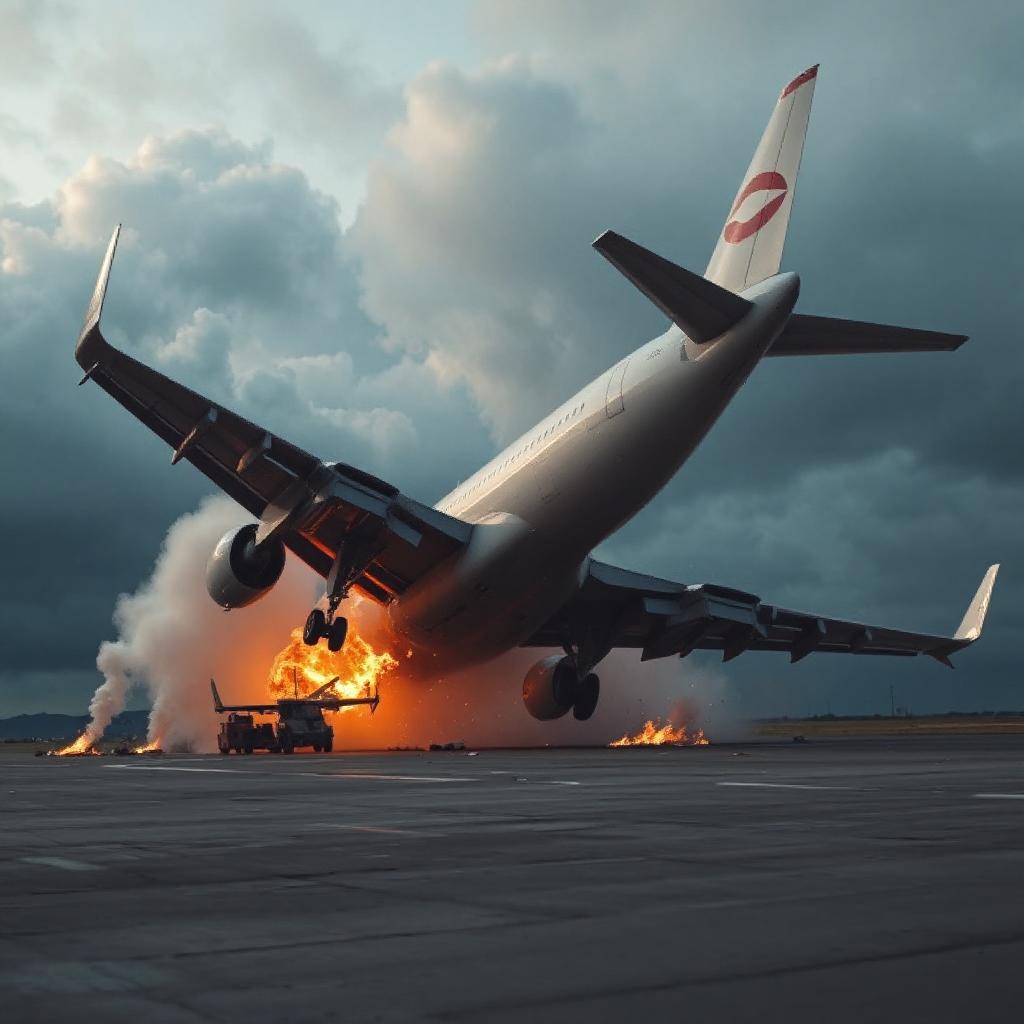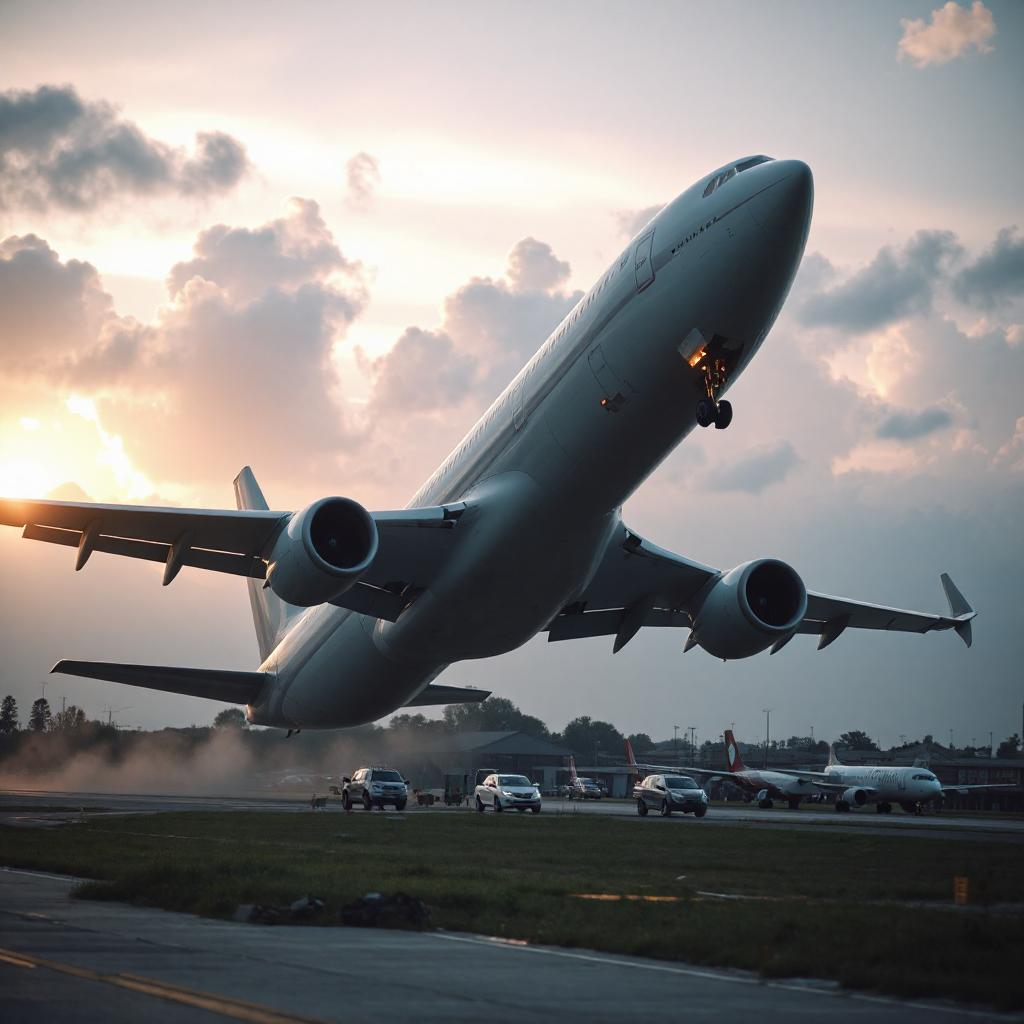Estimated Reading Time: 3 min
Here are some of the most disastrous airline accidents in history, based on loss of life and impact on aviation safety:
1. Tenerife Airport Disaster (1977)
- Location: Los Rodeos Airport (now Tenerife North Airport), Canary Islands, Spain.
- Aircraft: Two Boeing 747s (KLM Flight 4805 and Pan Am Flight 1736).
- Fatalities: 583 (All 248 onboard KLM and 335 of 396 onboard Pan Am).
- Cause: Miscommunication and fog led to a runway collision as the KLM plane attempted takeoff while the Pan Am plane was taxiing.
- Impact: Highlighted the importance of clear communication and led to the standardization of aviation terminology.
2. Japan Airlines Flight 123 (1985)
- Location: Near Mount Takamagahara, Japan.
- Aircraft: Boeing 747SR.
- Fatalities: 520 (Out of 524 onboard).
- Cause: Structural failure due to improper repairs caused decompression and loss of control.
- Impact: Reinforced the importance of maintenance procedures and inspection protocols.
3. Charkhi Dadri Mid-Air Collision (1996)
- Location: Near Charkhi Dadri, India.
- Aircraft: Saudi Arabian Airlines Flight 763 (Boeing 747) and Kazakhstan Airlines Flight 1907 (Ilyushin Il-76).
- Fatalities: 349 (All onboard both flights).
- Cause: Miscommunication and failure to maintain altitude separation in a non-radar-controlled airspace.
- Impact: Prompted adoption of collision avoidance systems like TCAS globally.

4. Turkish Airlines Flight 981 (1974)
- Location: Ermenonville Forest, near Paris, France.
- Aircraft: McDonnell Douglas DC-10.
- Fatalities: 346 (All onboard).
- Cause: Cargo door failure led to explosive decompression and loss of control.
- Impact: Redesign of aircraft cargo doors and improved manufacturing oversight.
5. Saudia Flight 163 (1980)
- Location: Riyadh, Saudi Arabia.
- Aircraft: Lockheed L-1011 TriStar.
- Fatalities: 301 (All onboard).
- Cause: Fire in the cargo hold; improper evacuation procedures.
- Impact: Raised awareness of fire detection and suppression systems and evacuation protocols.
6. Air India Flight 182 (1985)
- Location: Atlantic Ocean near Ireland.
- Aircraft: Boeing 747-237B.
- Fatalities: 329 (All onboard).
- Cause: Bomb explosion by Sikh separatist extremists.
- Impact: Improved security measures for baggage handling and passenger screening.
7. Malaysia Airlines Flight 370 (2014)
- Location: Presumed Indian Ocean (missing).
- Aircraft: Boeing 777-200ER.
- Fatalities: 239 (All onboard, presumed dead).
- Cause: Unknown; aircraft disappeared from radar.
- Impact: Led to new global tracking standards for commercial aircraft.
8. American Airlines Flight 191 (1979)
- Location: Chicago O’Hare International Airport, USA.
- Aircraft: McDonnell Douglas DC-10.
- Fatalities: 273 (All onboard and 2 on the ground).
- Cause: Engine detachment on takeoff led to loss of control.
- Impact: Changes to maintenance practices and stricter oversight.
9. Ethiopian Airlines Flight 302 and Lion Air Flight 610 (2018-2019)
- Location: Ethiopia and Indonesia.
- Aircraft: Boeing 737 MAX 8.
- Fatalities: 346 combined (157 on Ethiopian and 189 on Lion Air).
- Cause: Malfunction of the Maneuvering Characteristics Augmentation System (MCAS).
- Impact: Led to the global grounding of the Boeing 737 MAX and a review of certification processes.
10. Lockerbie Bombing (1988)
- Location: Lockerbie, Scotland.
- Aircraft: Pan Am Flight 103 (Boeing 747).
- Fatalities: 270 (259 onboard and 11 on the ground).
- Cause: Bomb placed in the cargo hold by Libyan terrorists.
- Impact: Major overhaul of airport security and screening methods.
These accidents have had profound impacts on aviation safety, leading to regulatory changes, technological advancements, and improved protocols to prevent similar tragedies.

